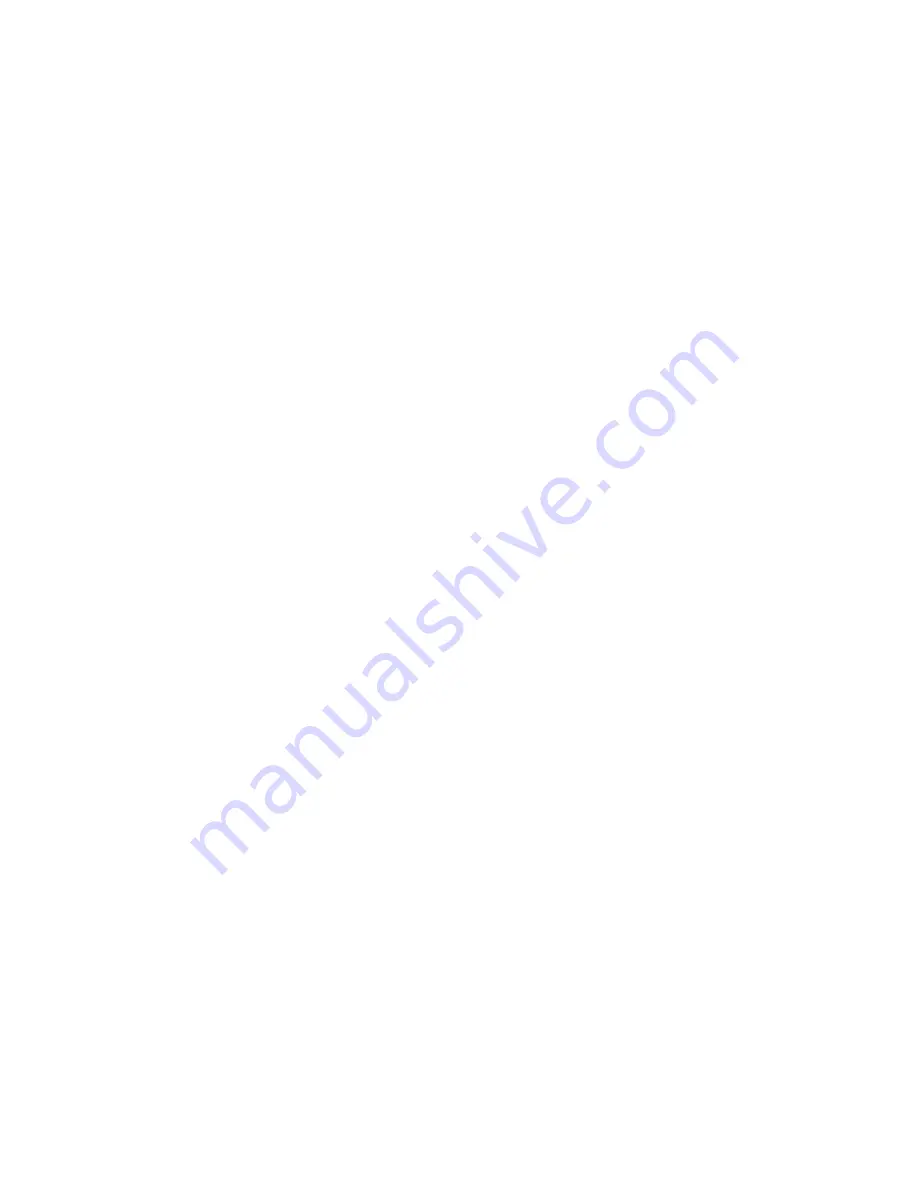
20
with common keyboarding tasks. The Advantage2 can be programmed to playback macros by tapping either
a single trigger key (a non
-
modifier), or by a combination of one or more modifier keys plus a trigger key.
Modifier keys consist of Shift, Ctrl, Alt
(“
Option
”
on a Mac), and Windows
(“
Command
”
on a Mac).
Note: Left and right modifier keys are treated separately in triggering macros, so
“
a
”
could trigger a
macro that is different than one triggered by
“
a.
”
The Program and Keypad keys cannot trigger
macros. Special care is needed if a
“
Win
”
action used as the only modifier to trigger a macro (see next page).
Note: When a macro is recorded, it is only assigned to the layout (QWERTY or Dvorak or hot key layout) that
was active during recording. Therefore the QWERTY and Dvorak layouts each have separate sets of macros.
However, macros can be copied and pasted from one layout to another using Direct Editing (see Section 7.8).
Size limits on macros
Individual macros typically can comprise more than 200 individual keystrokes and dozens of macros can be
saved to the keyboard
’
s onboard memory within a single layout. The size limit of a single macro is based on
the coded actions stored as
“
tokens,
”
and some actions such as modifiers and non
-
alphanumeric keys have
bigger tokens than simple letters and numbers. So if your macro has lots of modifiers or non
-
alphanumeric
key actions, the maximum macro size may be less than 200 visible keystrokes.
If you attempt to program a macro which is too large, it will simply not play the excess key actions.
Program Macro Mode
To program a macro, open the application in which the macro will play correctly, then follow the steps below.
1.
Hold progm briefly while tapping F11 to enter
“
Program Macro Mode.
”
The Num Lock LED will flash
rapidly.
2.
Tap a
“
macro trigger
”
key or key combination. If you use a combination, hold the modifier(s) first, then
press the trigger key, then release all keys. The LED flashing will slow.
3.
Type your macro contents.
4.
When you are finished recording your macro, tap progm to exit Program Macro Mode.
Note: When recording a macro, any remapping you have done will be active, but macro playback will be
temporarily disabled. Therefore you cannot record a macro by
“
playing back
”
an existing macro, and you
cannot
“
daisy chain
”
or embed one macro within another. While recording a macro, the characters will output
to the computer just as they will when it is played back after being recorded.
Every keystroke is recorded
As you record a macro, the Advantage2 records the exact keystrokes you type. If you a make mistake while
recording a macro, you can use corrective keystrokes, but this will slow playback slightly and for long macros,
It may also reduce the maximum macro size to below 200 characters. So if you make lots of mistakes while
recording a macro, consider re
-
starting the recording process. Alternatively, you can fine
-
tune the macro
using direct editing (see Section 7) or the SmartSet App.
Keystrokes only, timing delays not recorded
Macro Record Mode records only the key strokes themselves, and not any
“
delays
”
between key strokes.
However, delays can be built into a macro using direct editing (see Section 7.10) or the SmartSet App.
Erasing a macro
To erase a macro in the active layout, enter Program Macro Mode, press the appropriate trigger key(s) for the
macro you wish to erase, and then tap the Program Key before recording any additional keystrokes.
Other keystrokes blocked during macro playback
While a macro is being played back, all other keystrokes from the keyboard are blocked. If you are using
especially long macros or want to execute a macro in rapid succession with other keystrokes, we recommend
increasing your macro playback speed (see Section 7.1 or Section 7.10).






























